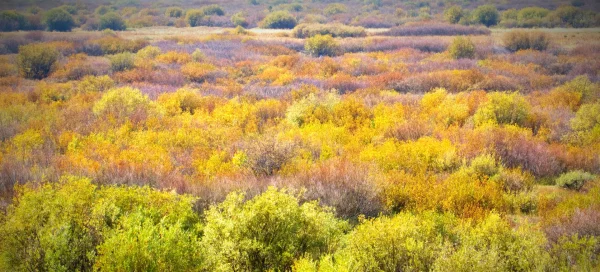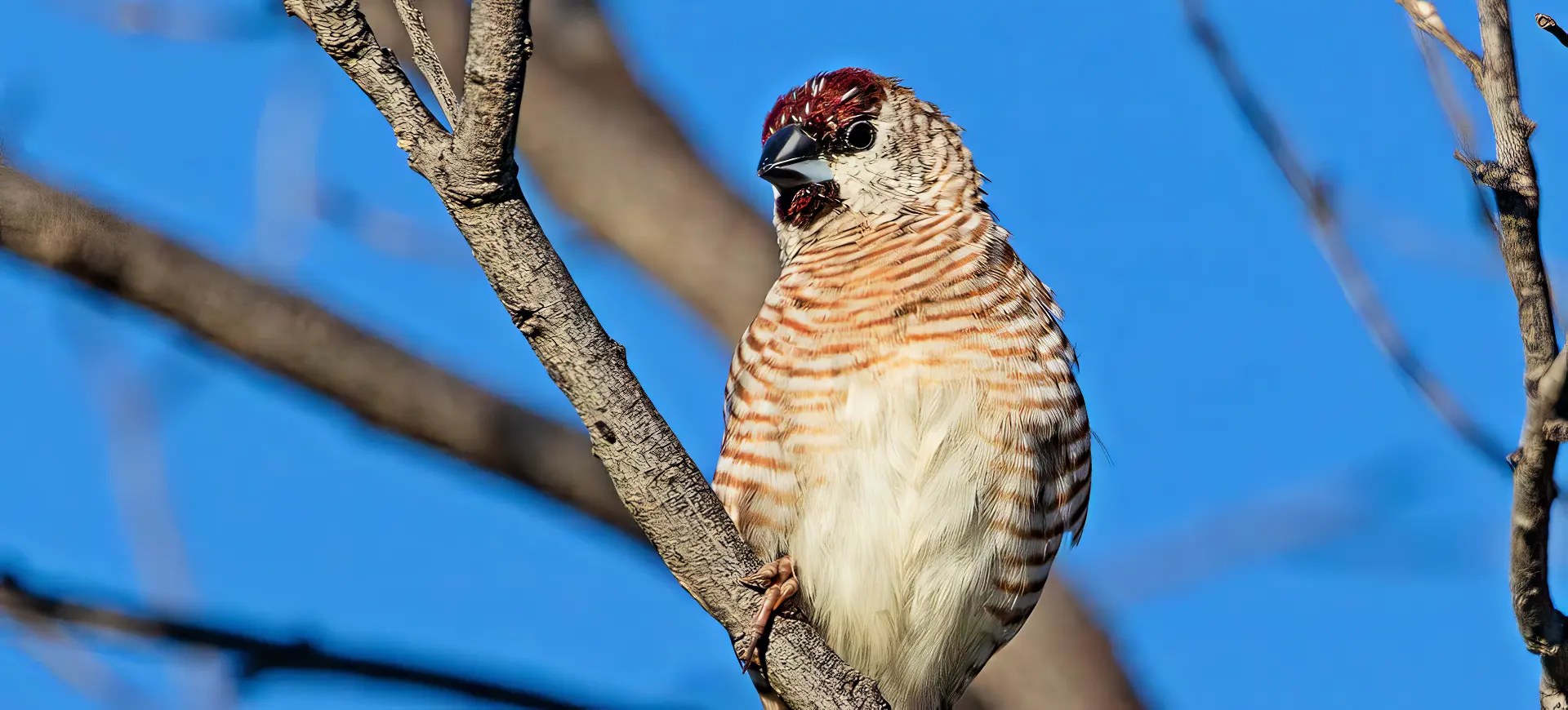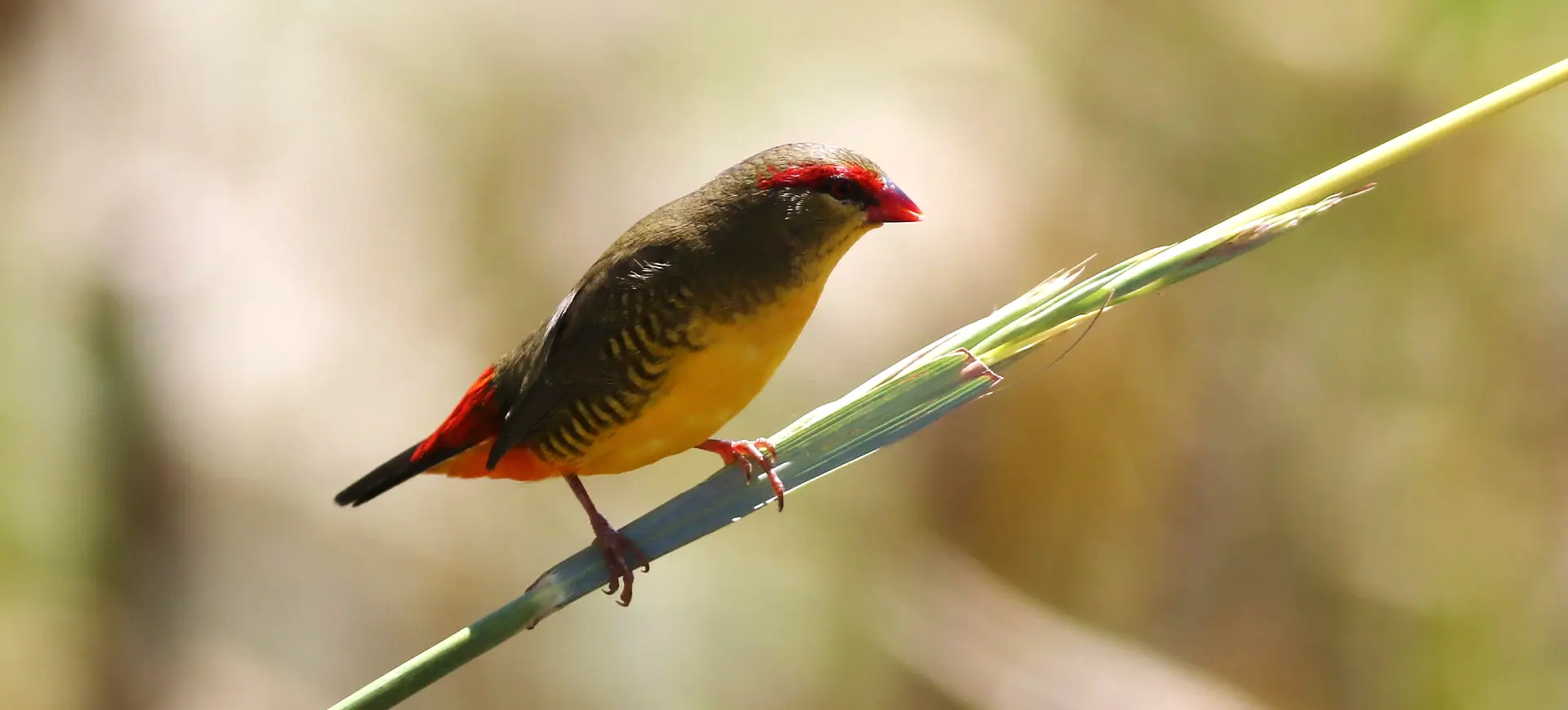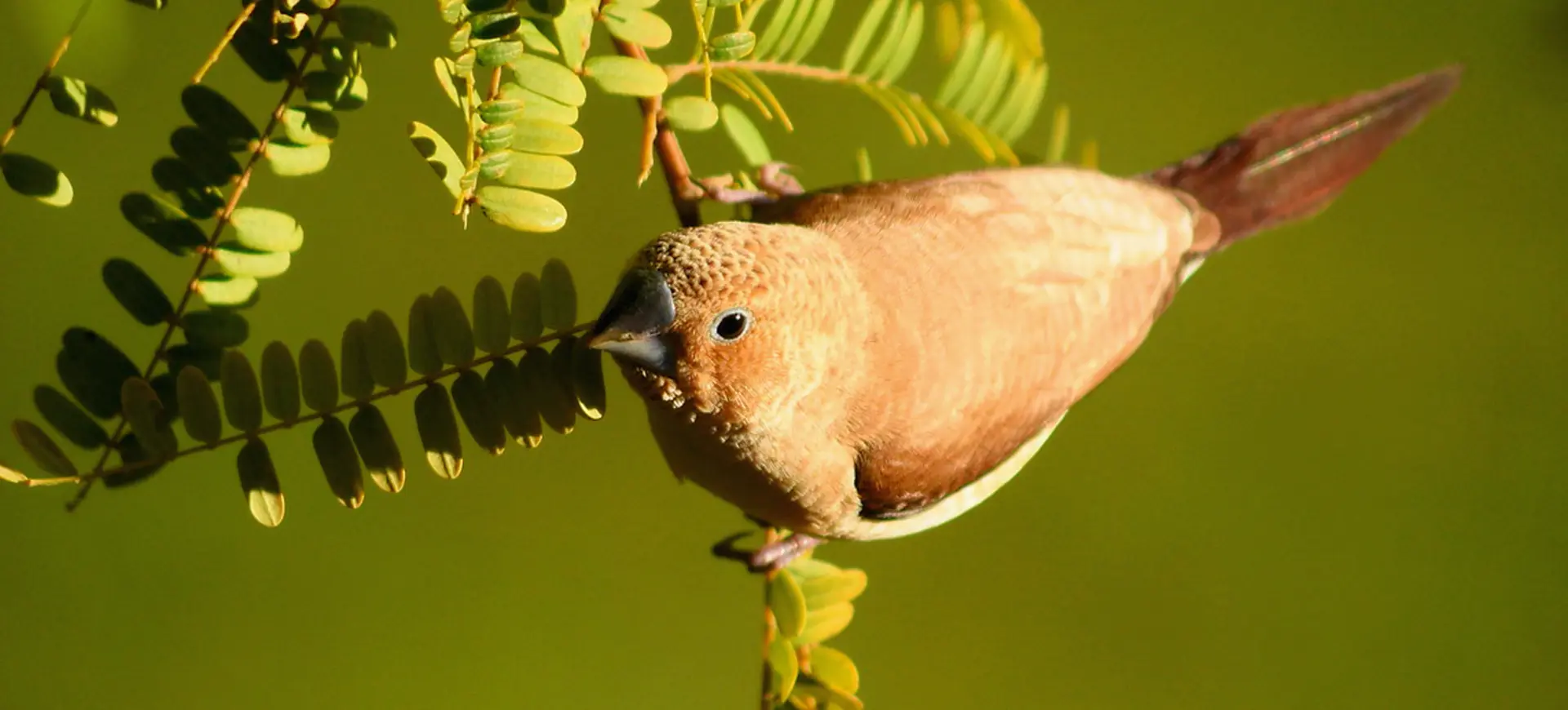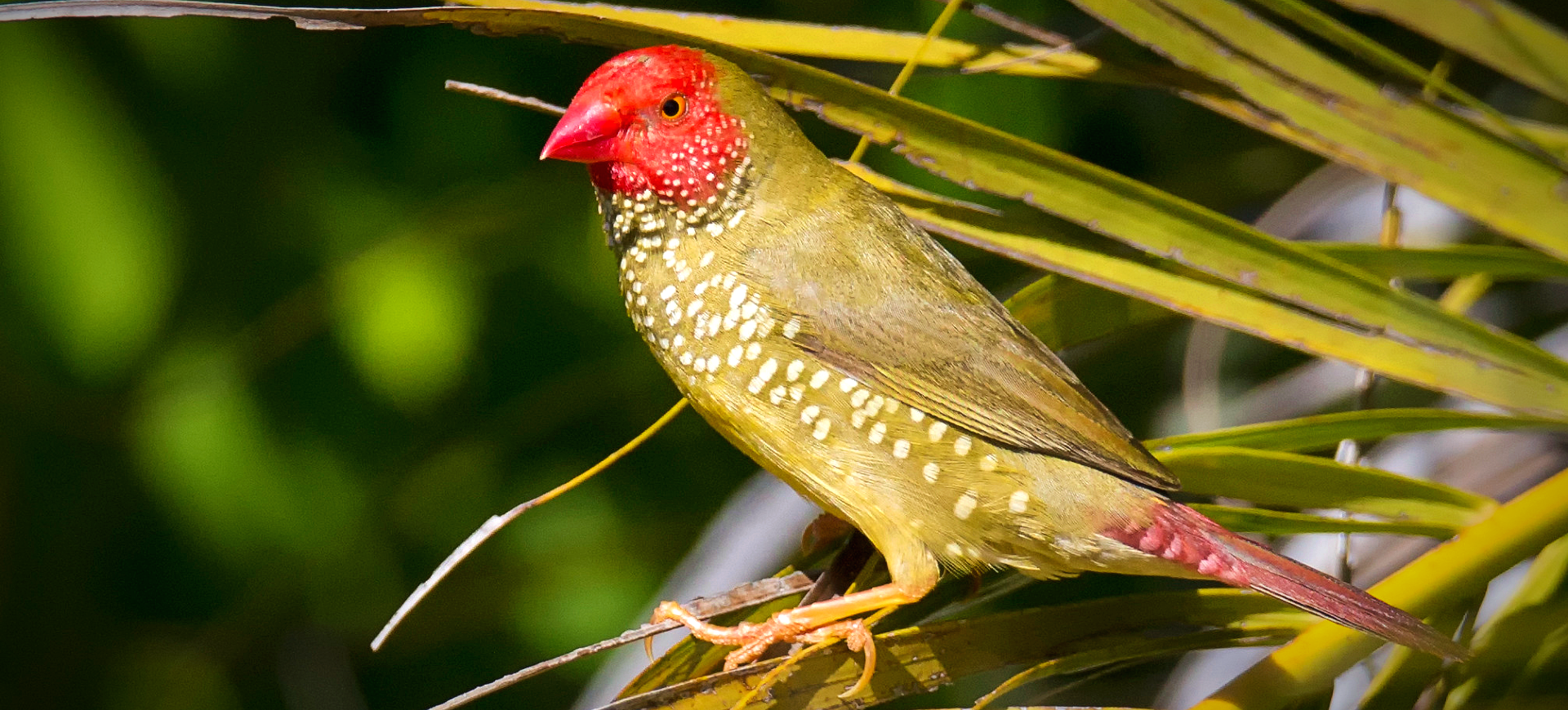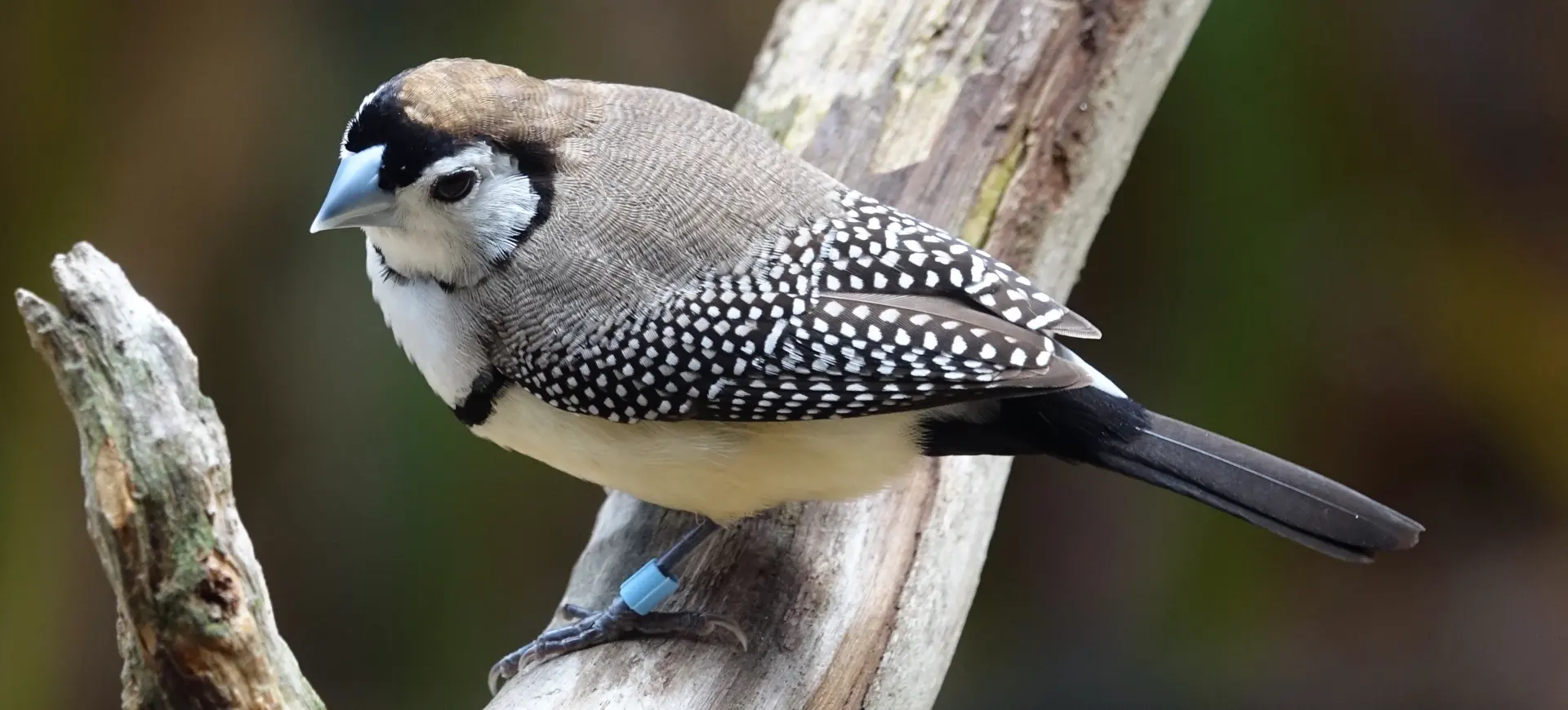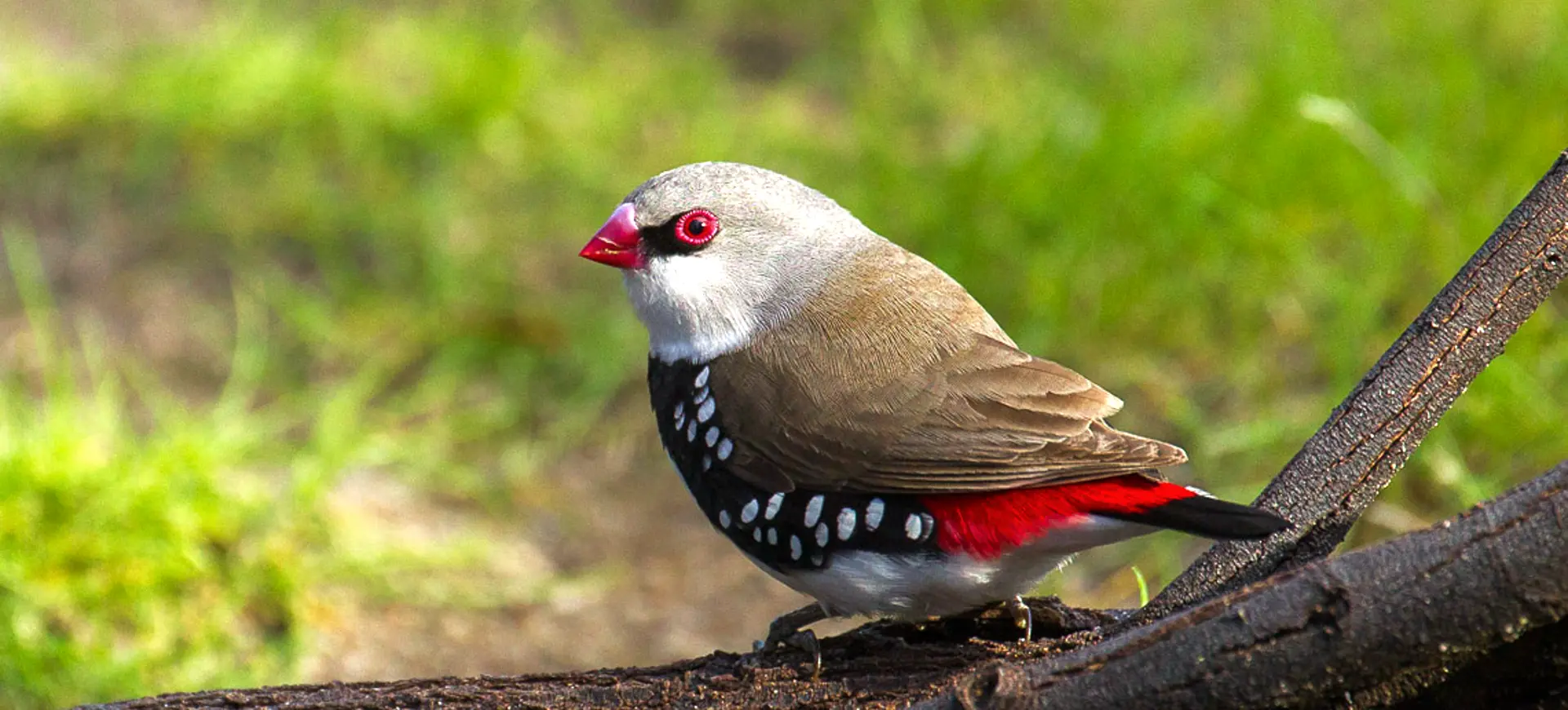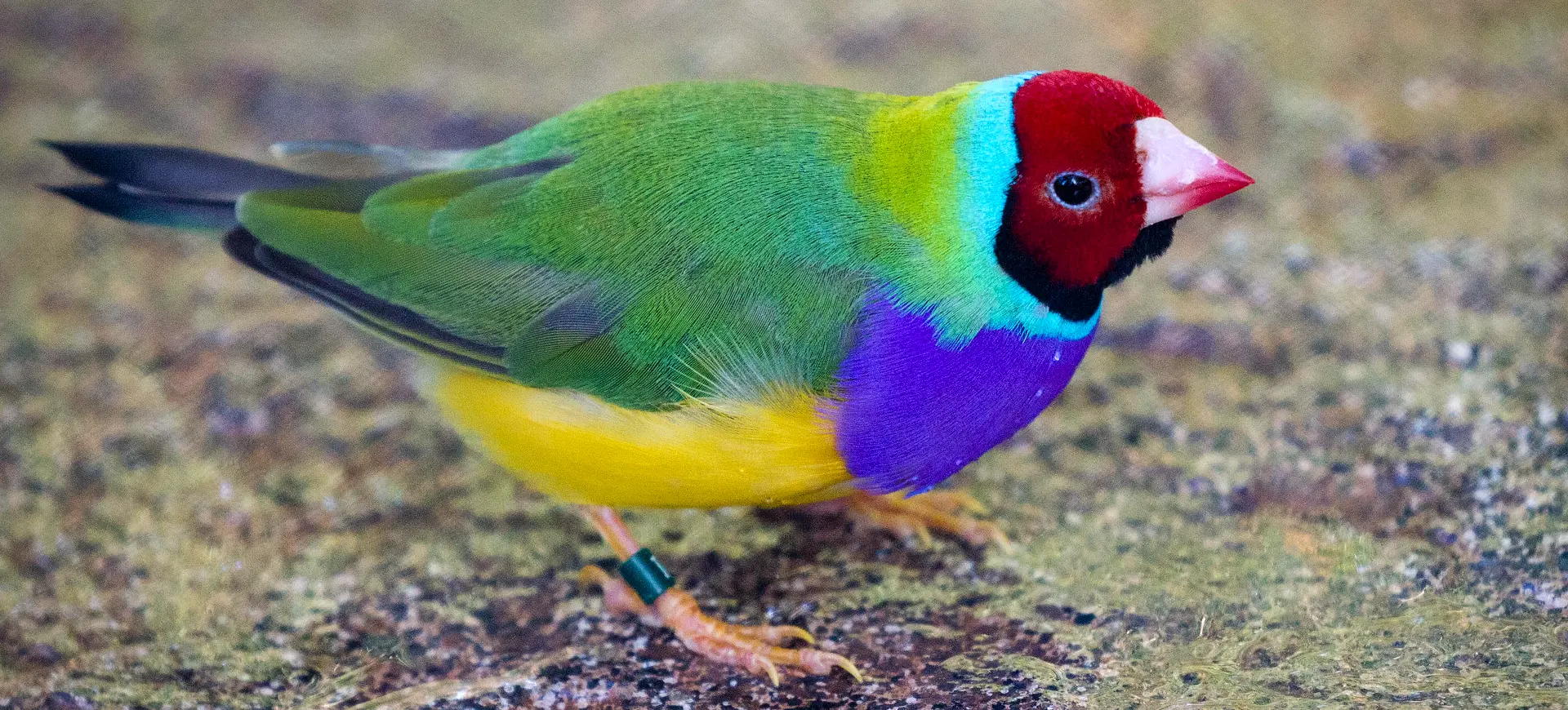Overview
The Long-tailed Finch, Poephila acuticauda, is a strikingly colored bird native to the northern parts of Australia, known for its vivid plumage and, as its name suggests, an exceptionally long tail. These small birds exhibit a mix of colors, with a predominately white body, a black bib, and a bright orange beak, making them a favorite among bird enthusiasts. They inhabit tropical savanna habitats, frequenting areas near water sources such as swamps, rivers, and waterholes, where they can often be seen in pairs or small flocks. Their diet primarily consists of seeds, but they also consume small insects, providing essential nutrients.
Long-tailed Finches are social birds, engaging in complex vocal communications and displaying strong pair bonds. They are adept at constructing elaborate nests, often building them in trees or shrubs and sometimes even utilizing man-made structures. The breeding season sees these finches becoming even more territorial and social, with pairs often cooperating to defend nesting sites. Their friendly nature extends to communal roosting, where they gather in large numbers at dusk to share roosting spots.
Conservation status assessments show the Long-tailed Finch to be of least concern, reflecting their stable population numbers and wide distribution. However, habitat destruction and the pet trade pose potential threats, highlighting the need for ongoing monitoring and conservation efforts. Their resilience and adaptability have allowed them to thrive in various environments, but protecting their natural habitats is crucial for continued survival.
Taxonomy
Kingdom
Phylum
Class
Order
Family
Genus
Species
Sub Species
Type
Physical Description:
Long-tailed Finches are distinguished by their bright plumage and notably long, narrow tails that significantly extend their overall length. Adults typically display a striking contrast between their white bodies and black bibs, accented by their orange beaks and legs. The species exhibits sexual dimorphism, with males and females having similar plumage but differing slightly in size and beak color intensity. Their expressive eyes and agile movements contribute to their lively appearance.
Their physical adaptations, beaks, and leg structure are well-suited for their seed-based diet and arboreal lifestyle. Besides being a key identifying feature, the long tail plays a role in their flight dynamics and mating displays. Juveniles have a more subdued coloration, lacking the black bib and duller overall plumage, which gradually matures to the adult’s vivid colors. This gradual color change serves as a signal of maturity and readiness for breeding.

Lifespan: Wild: ~7 years || Captivity: ~10 years

Weight: Male & Female: 0.42-0.49 oz (12-14 g)

Length: Male & Female: 5.5-6 inches (14-15 cm)

Wingspan: Male & Female: 5.5-6 inches (14-15 cm)

Top Speed: Unknown
Characteristic:
Native Habitat:
Long-tailed Finches are native to the northern regions of Australia, inhabiting a range of environments within the tropical savanna biome. Open woodlands, grasslands, and areas with abundant water sources, such as swamps, rivers, and waterholes characterize these habitats. Their preference for habitats near water is crucial for their survival, especially in the arid regions of Australia.
Their natural habitats provide ample food sources and nesting sites, with the birds often constructing their nests in trees, bushes, or even on man-made structures. Water and food availability significantly influence their distribution within these habitats, influencing their social behavior and breeding patterns.
Climate Zones:
Biomes:
Biogeographical Realms:
Continents:
Countries:
Diet:
Diet & Feeding Habits:
The diet of the Long-tailed Finch is predominantly seed-based, with a preference for grass seeds, which they skillfully pluck from the ground or directly from plants. Small insects supplement their diet, especially during the breeding season, to provide additional protein for the development of their young. They have adapted to forage in small flocks, utilizing their agility and speed to exploit food sources efficiently.
In addition to natural food sources, Long-tailed Finches often visit bird feeders in areas adjacent to their natural habitats, indicating their adaptability in finding food. Their feeding behavior is marked by social interactions, with birds often feeding in pairs or groups, which helps locate and exploit food sources. Their strong beaks are perfectly adapted for cracking open seeds, showcasing the evolutionary adaptations specific to their diet.
Mating Behavior:
Mating Description:
Long-tailed Finches exhibit a monogamous mating system, with pairs forming strong bonds that often last for multiple breeding seasons. Their intricate courtship displays involve vocalizations and physical displays that highlight their long tails and vibrant plumage. The breeding season typically occurs during the wet season when food resources are abundant, facilitating the rearing of offspring.
Nest construction is a cooperative effort, with both males and females participating in building elaborate nests using grasses and feathers. These nests are often placed in trees or bushes and sometimes in the abandoned nests of other birds. Females lay between 4 and 6 eggs per clutch, which both parents incubate. The shared parental duties extend to feeding and protecting the fledglings until they are independent, emphasizing the importance of the pair bond in the species’ reproductive success.
Reproduction Season:
Birth Type:
Pregnancy Duration:
Female Name:
Male Name:
Baby Name:
Social Structure Description:
Long-tailed Finches are highly social birds, often seen in pairs or small flocks outside the breeding season. Their social interactions include a range of vocalizations and behaviors that facilitate communication and cohesion within the group. Within these social groups, a hierarchy influences access to resources such as food and nesting sites.
The strong pair bonds formed between males and females are a notable aspect of their social structure. Pairs remain together for long periods, sometimes across multiple breeding seasons. This monogamous pairing contributes to their social stability and reproductive success, highlighting the importance of social bonds in their life history.
Groups:
Conservation Status:
Population Trend:
The long-tailed finch is classified as least Concerned by the IUCN, indicating that the species currently faces no immediate threat of extinction. This status is attributed to its wide distribution and stable population trends across its natural range. However, ongoing habitat destruction and the impacts of the pet trade necessitate continuous monitoring to ensure that these factors do not negatively affect its population dynamics.
Conservation efforts, including habitat protection and regulations on the pet trade, are essential to maintain stable populations of Long-tailed Finches. Public education and community involvement in conservation initiatives can also contribute to protecting their natural habitats, ensuring that this species continues to thrive in the wild.
Population Threats:
The primary threats to the Long-tailed Finch include habitat destruction due to agricultural expansion and urban development, which can lead to the loss of feeding and nesting sites. Additionally, the pet trade poses a significant threat, with individuals being captured for sale as exotic pets. These activities reduce wild populations and disrupt the species’ natural social structure.
Climate change and its impact on habitat quality and food availability represent another potential threat to the Long-tailed Finch. Alterations in rainfall patterns could affect the availability of grass seeds, their primary food source, impacting their breeding success and survival rates.
Conservation Efforts:
Conservation efforts for the Long-tailed Finch focus on habitat protection and management, ensuring their natural environments are preserved and suitable for survival. Protected areas and national parks play a crucial role in providing safe habitats free from the pressures of development and agriculture. Additionally, regulations on the pet trade, including licensing and monitoring of trade practices, help reduce the impact on wild populations.
Education and community engagement initiatives are also important, raising awareness about the species and its ecological importance. By involving local communities in conservation efforts, sustainable practices that benefit the Long-tailed Finch and those living near their habitats can be developed.
Additional Resources:
Fun Facts
- Long-tailed Finches can drink salt water, allowing them to inhabit areas where fresh water is scarce.
- They are capable of rapid, agile flight, which they use to evade predators and navigate their environment.
- Their nests are often constructed with a side entrance, protecting the eggs and chicks.
- Long-tailed Finches have a variety of calls and songs used for communication, including mating calls and alarm signals.
- They are known to bathe in the sand, which helps to maintain their feather condition.
- These finches are popular in aviculture due to their striking appearance and engaging behaviors.
- In the wild, they have been observed using the abandoned nests of other bird species to rear their own young.
- Their diet can vary seasonally, depending on the availability of seeds and insects.
- The Long-tailed Finch’s ability to adapt to different environments has contributed to its wide distribution across northern Australia.
- Conservation efforts for the Long-tailed Finch also benefit other species that share their habitat, highlighting the interconnectedness of ecosystems.





